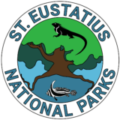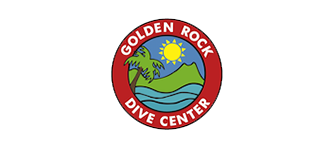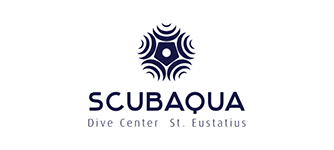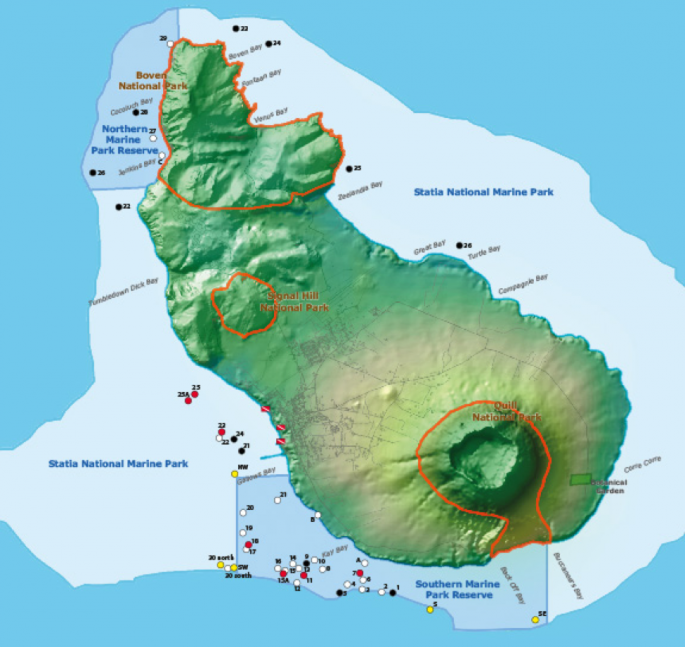Lesser Antillean Iguana
Statia’s or St. Eustatius’ local iguana is critically endangered. It can only be found in the wild on three other islands in the world and Statia is one of them. At risk from crossbreeding with the invasive Green Iguana protecting this species is at the top of our list!
Habitat: Areas with lots of trees and shrubs of different types, mixed with open spaces and rocky outcrops
Diet: A range of fruits, flowers, leaves and seeds
Location: Can be found all around the island, from quieter areas of town to areas in the National Parks.
IUCN red list status: Critically endangered
Fun Fact: Male iguanas are quite territorial. They can sometimes be seen doing push ups or bobbing their head to scare off other male iguanas that come into their territory.
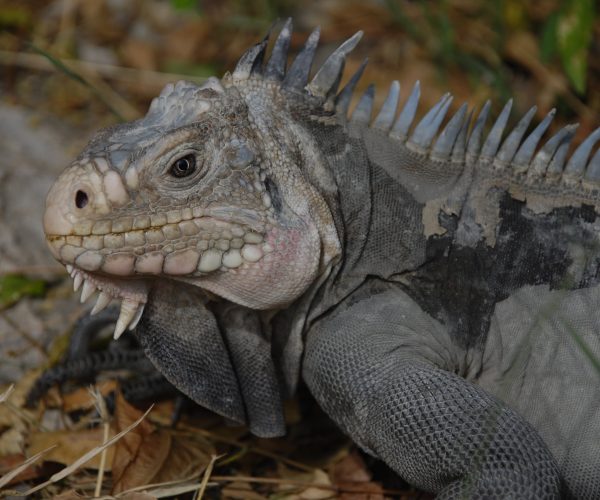
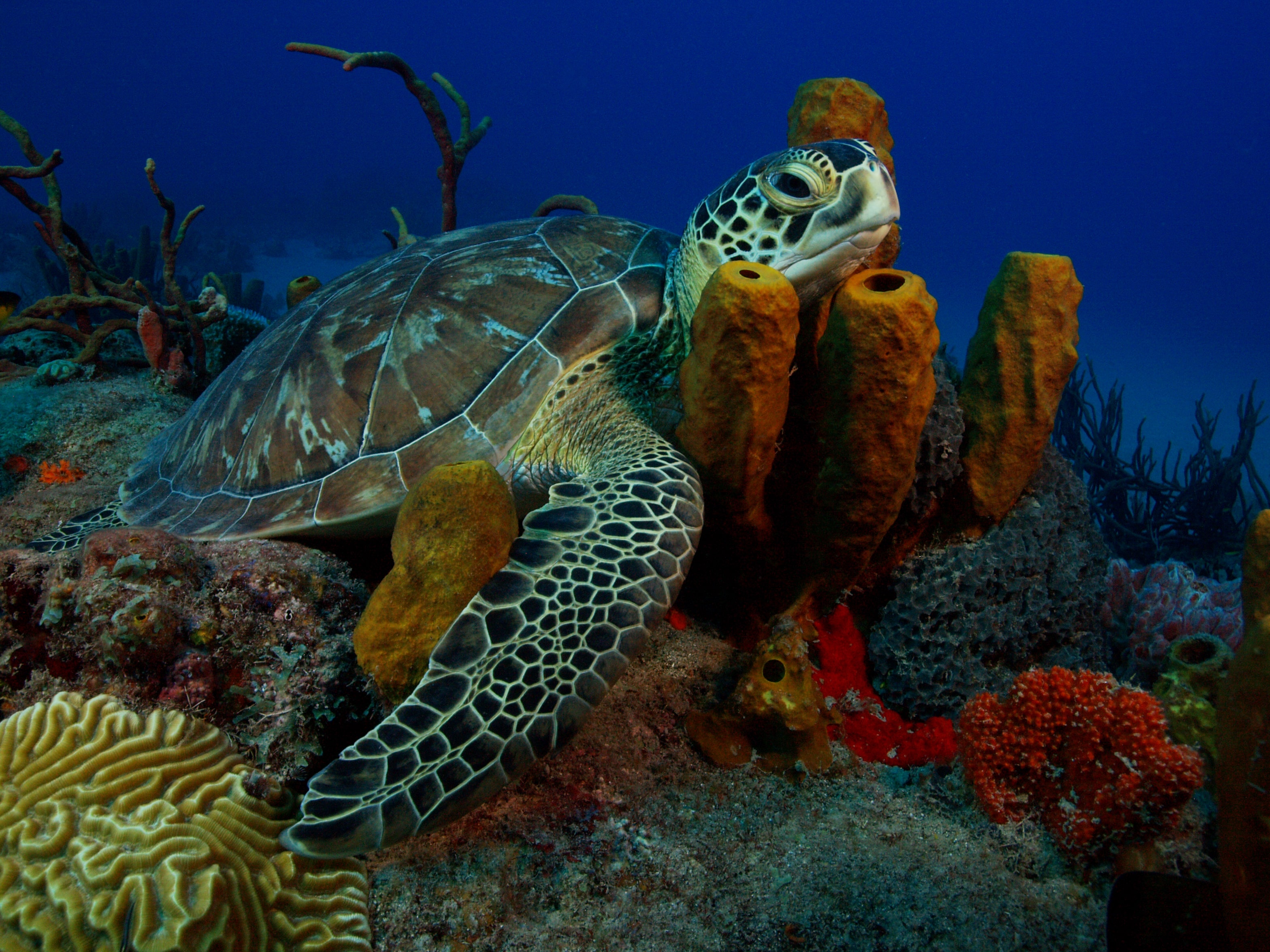
Green Sea Turtle
This is the most common species of sea turtle that we see in our Marine Park.
Throughout the sea turtle nesting season, evidence of their distinctive tracks can be found on Zeelandia Beach
Habitat: Found mainly off the coast of countries in the tropics
Diet: They graze on sea grass, algae, jellyfish and seaweed.
Location: Green Turtles are the most common sea turtle to be found in St Eustatius’s waters and nesting on the islands beaches.
IUCN red list status: Endangered
Fun Fact: Green Turtles get their name not because they are green on the outside but because their internal fat is green.
Killy Killy (American Kestrel)
Formally known as the American Kestrel, the Killy Killy is St. Eustatius’ national bird. It got its name, Killy Killy, from its high-pitched call. Keep an ear out for these small but beautiful birds of prey!
Habitat: Dry open lowland areas where they can perch, in town and on the edges of mountain forests.
Diet: Small birds, rodents, lizards and insects
Location: Can often be found perching in the tops of trees or *on top* of telegraph poles in Oranjestad
IUCN red list: Least concern
Fun Fact: It lays 2-4 beige/brown-speckled eggs on cliff edges or in holes and gaps in trees from January to August.

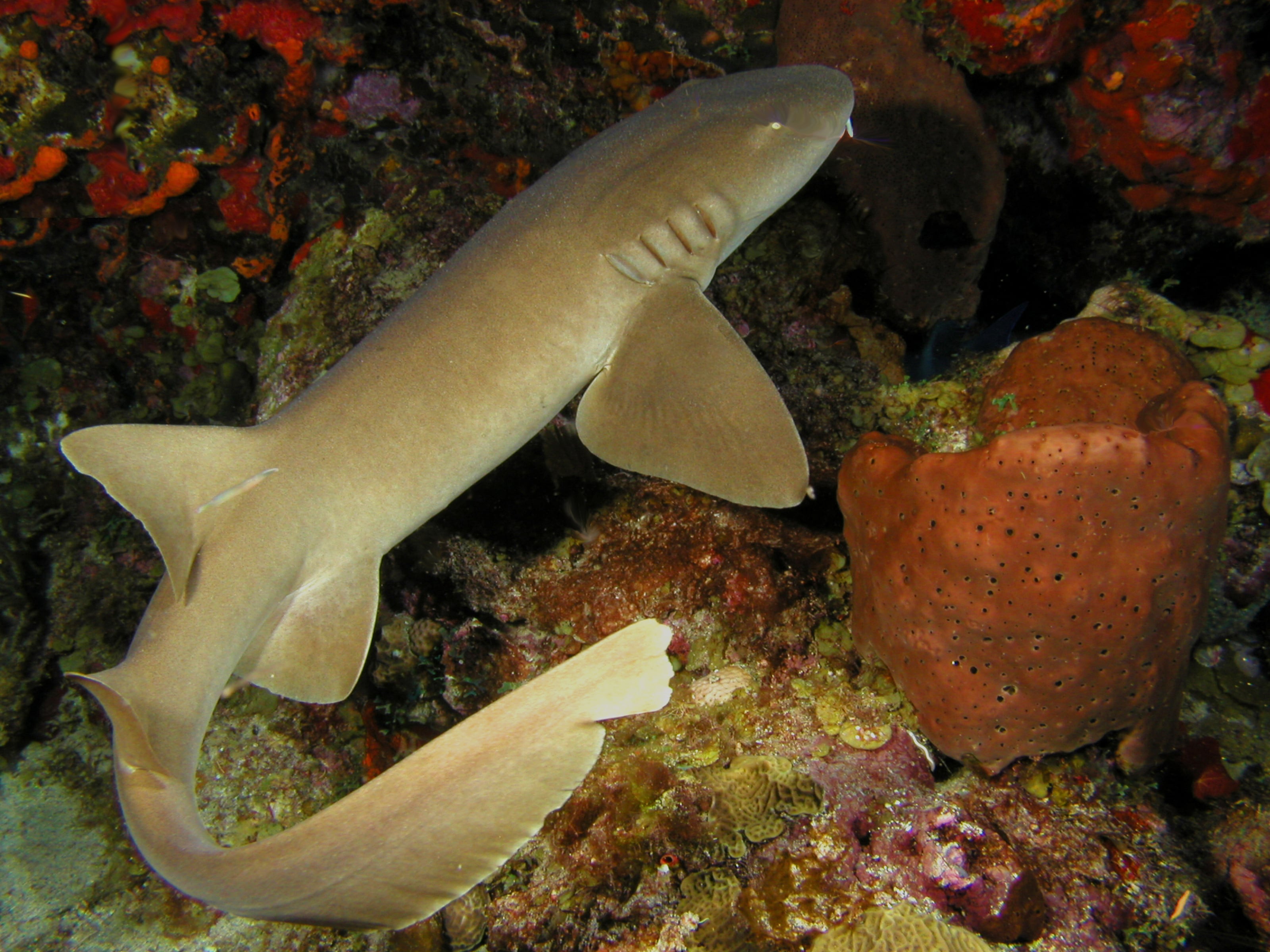
Nurse Shark
Unlike other shark species nurse sharks don’t need to keep moving to breath. That’s why you will often see these guys resting underneath ledges at any one of our dive sites in the Marine Park.
Habitat: They can be found living close to sandy and rocky bottoms. During the night they are most active hunting for food. In the day they can be found in crevices or in groups close to the sea floor.
Diet: Lobsters, crabs, shrimps, conch and some fish
Location: Commonly seen on Statia’s reefs and in shallow snorkelling sites such as Crooks Castle and Corre Corre Bay
IUCN red list: Data deficient (status is unknown due to lack of information)
Fun Fact: The Nurse Shark gets its name as it uses powerful suction from its mouth to suck conch straight out of its shell
Statia Morning Glory
St. Eustatius is the only place where this plant can be found and is notoriously difficult to propagate. It can be found flowering in the Northern hills
Habitat: Morning Glory species are found in tropical and subtropical climates. Statia Morning Glory is unique to Statia and can only be found on the island. It grows in dry areas with lots of sunlight.
Location: Statia Morning Glory can be found on Signal Hill and certain areas of the NuStar Terminal compound. Some plants have also been seen on Bergje.
IUCN Red List: Cannot currently be found on the IUCN Red List but is protected under the Flora and Fauna Ordinance of the local government
Fun Fact: Livestock avoid eating Statia Morning Glory as it contains toxic compounds that don’t make it taste very appetising.



